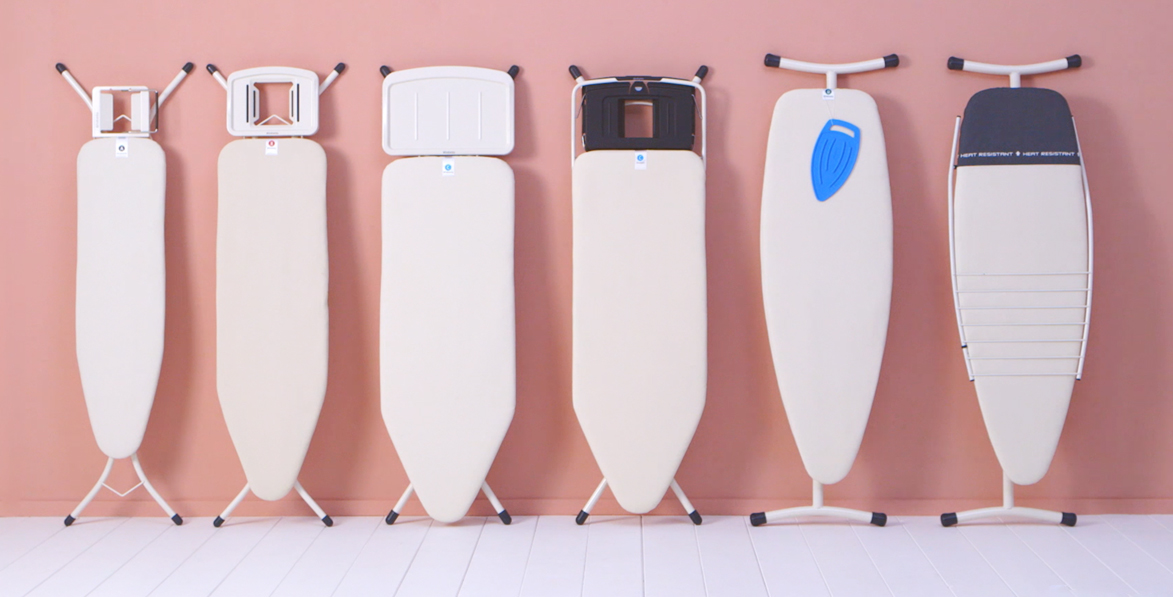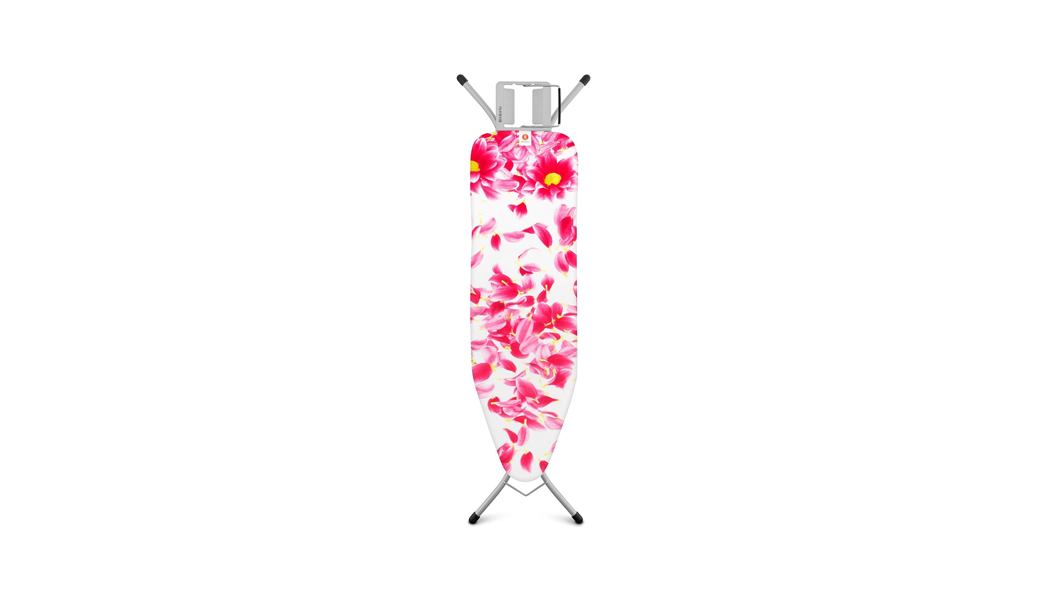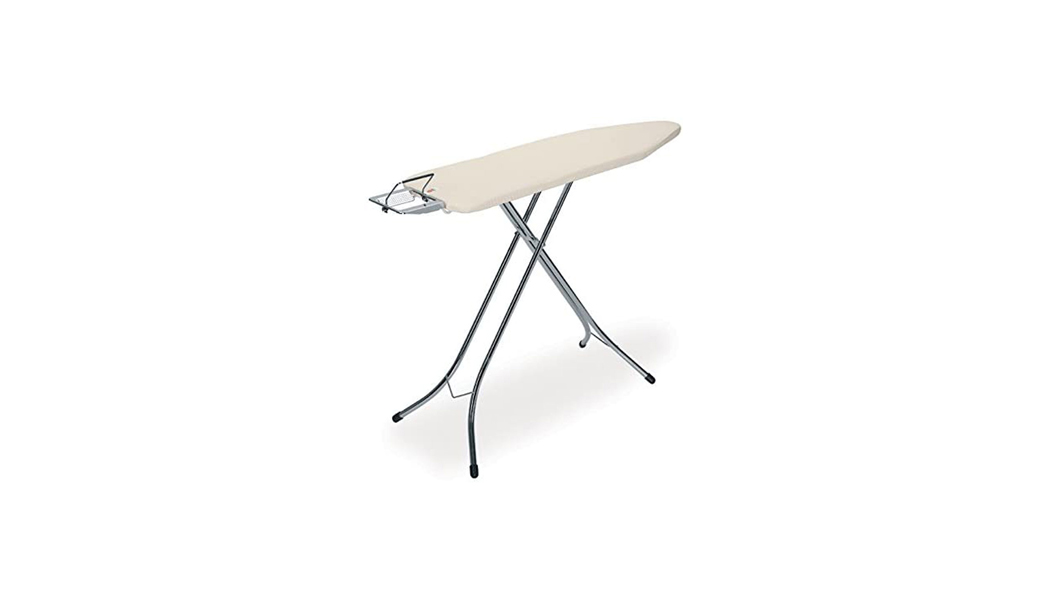Ironing tips from professionals for crease-free clothes
Ironing may sound like an ordinary household chore but can be a difficult task to master. If not done properly clothes will end up with unwanted creases, thread burns and possibly fabric damage from the wrong settings. There are so many mistakes which may happen when performing this seemingly easy task. But worry not, to help you master ironing like a pro, we have a few pointers for you:
- Do your ironing in a well-lit room so you can see all the wrinkles on the cloth properly. It will also make it easier for you to check for dirt and stains on the iron or the fabric. Ironing in a poorly lit room may result in you missing out on seeing small wrinkles at the seams which will result in your finished work looking shoddy. So, set up your ironing in a well-lit area so you can check the results of your ironing properly.
- Utilise the entire surface of the board to iron clothes better. The thin edge of the ironing board is used to fit armholes and sleeves so that they end up with perfectly sharp creases. For pants, trousers or garments having some length, you need to place them horizontally on the board and then iron. However, make sure you do not stretch the fabric of any garment when ironing.
- Check the iron base and board for stains. Most people miss water, rust or other stains on the iron base or the board when in a hurry. These stains then get transferred on to the clothes and damage them. So, before starting the ironing, check the base of the iron and the ironing board for any stains which may transfer onto the cloth. If the base of your iron is marked with heavy stains, use baking soda to remove it. For the ironing board, you should wash the cover periodically or change it as needed.
- Take note of the fabric you are ironing and match the temperature and ironing technique to the fabric. Firstly, inspect the garment to make sure there are no tears or runs. Also, make sure that the garments are clean or the heat will seal the dirt into the fibres of the cloth damaging it in the long run. Next, check the fabric type and determine your iron settings accordingly:
- Polyester fabrics should always be ironed when they are slightly damp to ensure the best results. Use a spray bottle to moisten the cloth and set the iron to low or medium heat. Start ironing the garment from the top and work your way down. Press down on creases firmly and if the un-ironed parts of the garment dry out, keep spraying water on it.
- Creases and wrinkles in cotton are the hardest to smoothen out. Spray cotton fabrics with water to dampen them considerably before ironing. Set the temperature to the highest setting and iron the clothes while they are still quite damp. For cotton, it is best to use a steam iron to smoothen out all creases and wrinkles perfectly.
- Fabrics such as lace and wool should never come into direct contact with an iron as the fibres may get burnt. When ironing clothes made of lace or wool, lay a damp cotton cloth over the garment and then iron it. Set the iron to the lowest temperature setting and gently press over the cloth. Avoid using steam for lace and wool garments and make sure that the cloth barrier is just slightly damp, not wet.
- Fabrics such as corduroy, linen, rayon and satin are termed delicate. Garments made of these fabrics should never be ironed directly as it can damage the cloth. Turn the clothing inside out before ironing and if necessary, place a dry cloth or towel above the garment and then iron it. For rayon clothing, the temperature setting on the iron should be on low. Iron the cloth in small segments and do not stretch out the fabric. For materials such as silk or satin, the iron should be set to the lowest temperature possible before ironing. Never use steam or silk or satin fabrics.
- There is a correct order to ironing all clothes. Items such as scarves, trousers and skirts are fairly easy to manage. However, shirts, dresses and tops are a different story. Always start from the outside and work your way inwards. Start ironing the cuffs, collars and sleeves first and then go proceed to work your way towards the centre of the garment. Avoid ironing on details such as glitter, sequins and prints. These areas almost never need ironing and even when they do, a quick press on the other side of the fabric is sufficient.
- Iron on one side of the cloth only. Ironing on both sides is unnecessary unless your garment is made of thick cotton such as denim. Over ironing your clothes can damage the fibres of the cloth and wear out your clothes faster.
- And, last of all, take care of your iron. If you have a steam iron, use soft water for the steam mechanism so that there is no residue build-up inside the device. Hard water residue hampers the functioning of the iron. Wipe the base of the iron clean after each use to avoid stains and marks. You can use vinegar or bicarbonate of soda to keep your iron base clean. Use cotton buds to clean out steam holes and vents. Maintaining your iron will not only keep it functional for longer but also keep your garments protected from stains and marks.
Once you have finished ironing all your clothes, you have to make sure your efforts are not wasted. The best way to maintain ironed clothes is to hang up the garments inside the wardrobe so that they do not acquire further creases. However, if hanging up your clothes is not an option then fold them neatly and stack them. Do not pile too many clothes on top of one another as it can cause wrinkling and waste all the time you put into ironing your clothes.
To minimise your ironing efforts, it is advised to invest in a proper drying rack which will allow your clothes to air dry without acquiring stubborn wrinkles or creases. If you need a good drying rack for your home, consider the following:
Brabantia Drying Rack T-Model
If you lack a lot of space and are looking for a good cloth-drying option then look no further than this drying rack from Brabantia. This drying rack from Brabantia is made of durable and corrosion-resistant materials to last you for a long time. The drying rack features a foldable design which can fit into a small space when not in use. When necessary, the entire unit unfolds into a spacious rack spanning a length of 20-25m. The legs are fitted with protective caps to prevent floor damage. There is a 5-year guarantee on this product and it is available in two attractive colours of white and metallic grey.
forts, you may still need to iron some clothes for a neater appearance. To make ironing easier, we have a selection of ironing boards for you to consider. Have a look:
Brabantia Pink Santini Ironing Board
The Brabantia Pink Santini ironing board is one of the most convenient and sturdy ironing boards out there. This board has medium-sized dimensions of 124 X 38 cm which is adequate for daily household use. The board is height-adjustable to up to 7 variable heights so you can position it to the height most comfortable for you. It comes with child lock and transport lock to prevent the board from collapsing accidentally. The legs have rubber caps on the end for a sturdy non-slip grip and there is also a steam iron rest to keep your iron in between ironing. This board comes with a 10-year guarantee.
Brabantia Ironing Board
This sturdy ironing board from Brabantia is perfect for normal ironing as well as steam ironing. The board is fitted with a durable cotton cover having a resilient foam layer underneath for added support during ironing. The cover comes with a stretch and cord fastener system for a snug fit. The board measures 124cm x 38cm and is lightweight so that it can be positioned anywhere you want. This ironing board is available in two colours; ecru and ice-water blue. The covers come with a colour-coded label which makes it easy to purchase replacement covers if and when necessary.
Brabantia Ironing Board A
The Brabantia ironing board A is a dependable and durable offering from the brand. This board comes with a metal rest for the iron, a stable worktop which is adjustable to up to 7 heights, left and right-handed switch options, a child lock and protective rubber grips on the legs for a non-slip grip. The ironing board comes with a pure cotton cover which has a foam layer underneath to make the ironing smoother. The unit is foldable and has a transport lock system which prevents it from collapsing accidentally once it is unfolded and setup. The cover is available in three beautiful patterns termed as cotton flower, ice water and morning breeze.










